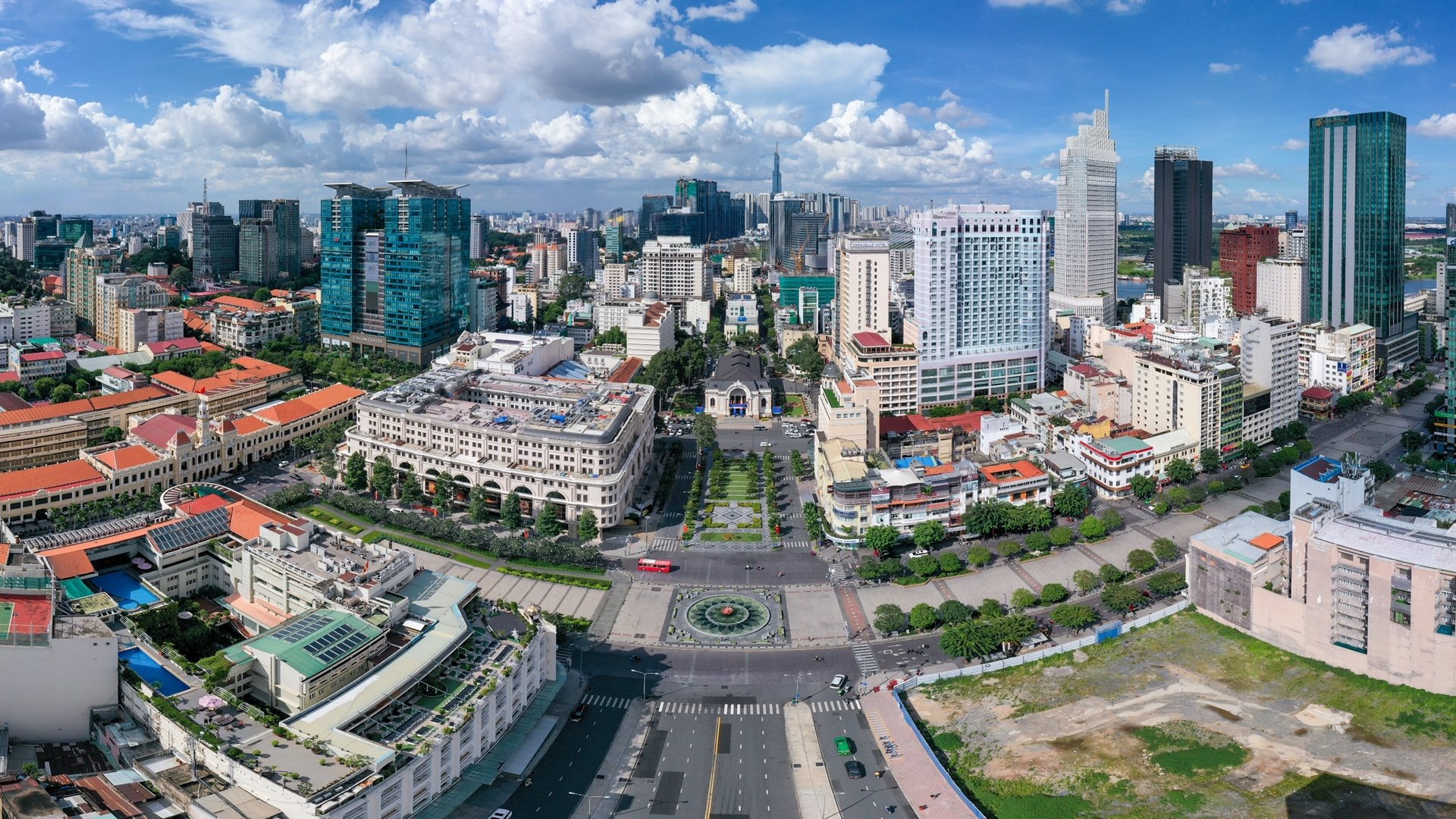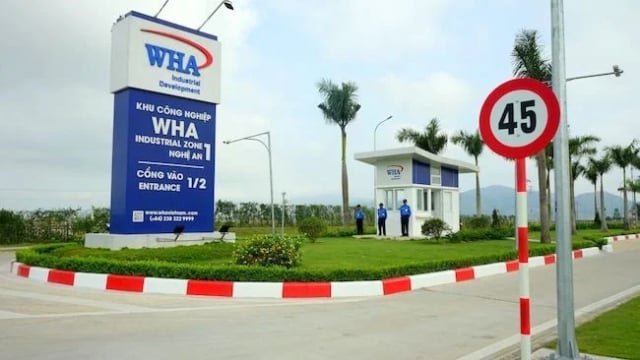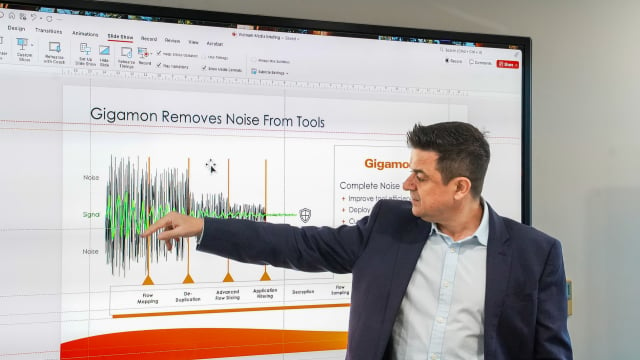Leader Talk
Breakthrough for the international financial center ambition
The submission of the draft resolution on Vietnam’s international financial center to the National Assembly heralds a new developmental era for the country.
Introduced on June 11, 2025, the on Vietnam’s international financial center lays essential groundwork, strategically positioning the international financial center to help Vietnam transcend the middle-income trap and achieve sustained double-digit economic growth from 2026 to 2045.

High-level governance: Unified leadership and talent attraction
The draft resolution outlines a clear governance framework, comprising 6 chapters and 35 articles, with the International financial center steering committee directly led by the prime minister. Notably, it empowers the government to proactively address emerging issues by issuing decrees beyond standard legislative frameworks, underscoring a robust political commitment and decisive leadership aimed at aligning closely with international standards and market dynamics.
This governance approach mirrors international best practices. In Kazakhstan, the AIFC management board, directly supervised by the president, demonstrates the efficacy of high-level oversight in fostering rapid implementation and crisis responsiveness, reinforcing investor confidence.
Moreover, beyond governance, the draft resolution introduces bold fiscal incentives to attract global talent, including significant exemptions from corporate income tax and personal income tax, reflecting a visionary approach similar to practices in leading international financial centers like AIFC (Kazakhstan) and DIFC (Dubai).
Coupled with streamlined administrative procedures, visa exemptions, and a favorable living environment, these measures aim to position Vietnam as an appealing destination for top international professionals.
Flexible legal framework: staying ahead of market trends

Given the rapid evolution and diversification of financial products (fintech, digital assets, carbon credits), the draft resolution advocates for a dynamic legal framework – “laws as frameworks, regulations as details”. This principle enables financial regulators to swiftly adapt to new market demands while ensuring systemic stability.
This flexible regulatory approach has proven successful internationally. Singapore’s monetary authority (MAS), for instance, swiftly updates financial service portfolios through secondary regulations. Similarly, DIFC and AIFC regularly adjust regulatory codes without awaiting legislative amendments, thus remaining agile and responsive to market developments.
Foreign currency freedom: Balancing openness with stability
Foreign currency management is a critical, yet sensitive issue addressed explicitly in the draft. It advocates a controlled liberalization approach, ensuring global connectivity without compromising domestic financial stability. Practices in centers such as Singapore (with SGD transaction limits), DIFC (prohibiting UAE Dirham transactions), and Malaysia’s Labuan (imposing a currency ceiling) illustrate successful models of balancing openness and control.
Vietnam’s approach mirrors this careful balance, promoting international capital inflows while maintaining safeguards for the domestic currency, thereby enhancing macroeconomic stability and risk management capabilities.
Adopting international practices: Investor protection and confidence
Investor confidence hinges significantly on legal clarity and dispute resolution mechanisms. The draft introduces dual dispute resolution systems, including specialized courts applying common law and operating in English, creating a familiar “legal oasis” for foreign investors. International arbitration options complement this, ensuring flexibility and fairness.
The success of this model is evident in international financial centers such as DIFC and AIFC, where independent courts using common law and English, staffed by international judges, have effectively reduced investment risks associated with “legal culture shock”.
Ensuring success: The road ahead
Encompassing 13 targeted policy areas, the draft resolution presents an ambitious, yet practical vision tailored to Vietnam’s context, addressing coordination mechanisms, legal frameworks, foreign exchange policies, and judicial systems.
Achieving this vision requires rigorous governmental engagement in legal reform and infrastructure investment, private sector readiness to enhance competitiveness, and public awareness of the international financial center’s long-term benefits – from economic growth and high-quality employment to Vietnam’s strengthened global standing.
Establishing an international financial center is a long-term endeavor. The foundational steps detailed in the Draft Resolution are critical building blocks toward realizing Vietnam’s ambitious aspirations.
Moving forward, meticulous implementation, continuous evaluation, and agile adjustments will determine the international financial center’s ultimate success as both a global financial destination and a catalyst for Vietnam’s broader economic transformation.
WHA Group accelerates industrial park investment in Vietnam amid tariff tensions
Vietnam turns semiconductor vision into action
The global semiconductor industry is being reshaped by geopolitical tensions, shifting supply chains, and the surge of digital technologies.
Cutting red tape in APA approvals to speed up tax negotiations
The change in APA approval authority is expected to shorten processing time and enhance business proactiveness in international tax negotiations.
Enterprise cybersecurity is under threat from the inside
As hybrid cloud systems grow more complex, Vietnamese enterprises are struggling to detect cybersecurity threats moving laterally within their own networks.
How leadership philosophy redefines hospitality in Nha Trang
More than just running a 5-star resort, Kristian Petersen is redefining the art of hospitality with a humane and sustainable leadership philosophy.
When organic becomes an inspiring wellbeing lifestyle
For Tyna Huynh, co-founder of Drinkizz, organic is not just a food choice but a way of life that fosters a deep connection between people, nature and community.
Garment factories embracing respectful workplaces
Embracing respectful workplaces could very well be the key to unlocking a more prosperous future for Vietnam's garment industry.











































